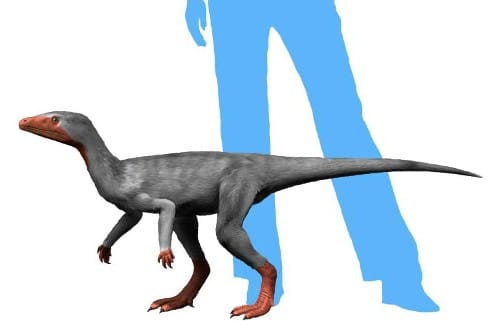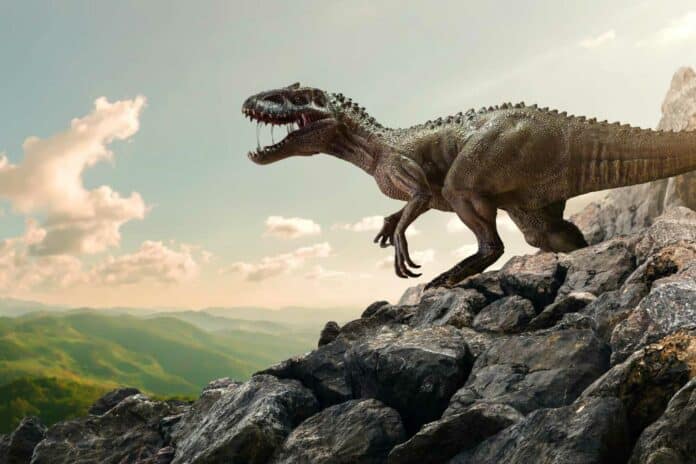During the Triassic period, which followed the Permian-Triassic mass extinction, there was a lot of change in ecosystems as life bounced back. One important group during this time was the archosauromorphs. They underwent ample diversification, meaning they evolved into many different species. This diversification included the ancestors of dinosaurs, pterosaurs (flying reptiles), and crocodylomorphs (ancestors of crocodiles).
A new study explored the evolution of locomotion in Archosauromorpha to test whether dinosaurs show any distinctive locomotory features that might explain their success.
In a new study, scientists reveal why dinosaurs were able to rule the Earth for a whopping 160 million years. They found that the first dinosaurs were faster and more dynamic than their competitors.

Researchers compared the limb proportions of many reptiles from the Triassic period when dinosaurs first appeared. They looked at whether these creatures walked on four legs or two legs and measured how good they were at running. They found that dinosaurs and their close relatives were good at running on two legs and had a wider range of running abilities compared to their competitors, known as the Pseudosuchia.
Pseudosuchians were the ancestors of modern crocodiles. While some were small and walked on two legs, most were medium-to-large-sized and walked on four legs. However, dinosaurs and their relatives were more versatile in moving around.
Lead researcher Amy Shipley, a Palaeobiology student, explained, “When things got tough around 233 million years ago, dinosaurs came out on top. It seems they were good at saving water, like many reptiles today, but their ability to walk and run helped them thrive.”
Professor Mike Benton from Bristol‘s School of Earth Sciences added, “After a mass extinction event, most pseudosuchians disappeared, but dinosaurs adapted and took over different habitats.”
Dr. Armin Elsler noted, “Surprisingly, dinosaurs didn’t evolve very quickly, but their way of moving was a big advantage when times got tough. They could adapt to new environments more easily.”
Dr. Tom Stubbs said, “We often think of dinosaurs as slow and huge, but they started as small and fast insect-eaters. Their ability to run on two legs helped them catch prey and escape predators.”
Dr. Suresh Singh concluded, “And of course, their diversity of posture and focus on fast running meant that dinosaurs could diversify when they had the chance.”
“After the end-Triassic mass extinction, we get truly huge dinosaurs, over ten metres long, some with armour, many quadrupedal, but many still bipedal like their ancestors. The diversity of their posture and gait meant they were immensely adaptable, which ensured strong success on Earth for so long.”
Journal Reference:
- AE Shipley, A Elsler, SA Singh, TL Stubbs and MJ Benton. Locomotion and the early Mesozoic success of Archosauromorpha. Royal Society Open Science. DOI: 10.1098/rsos.231495
